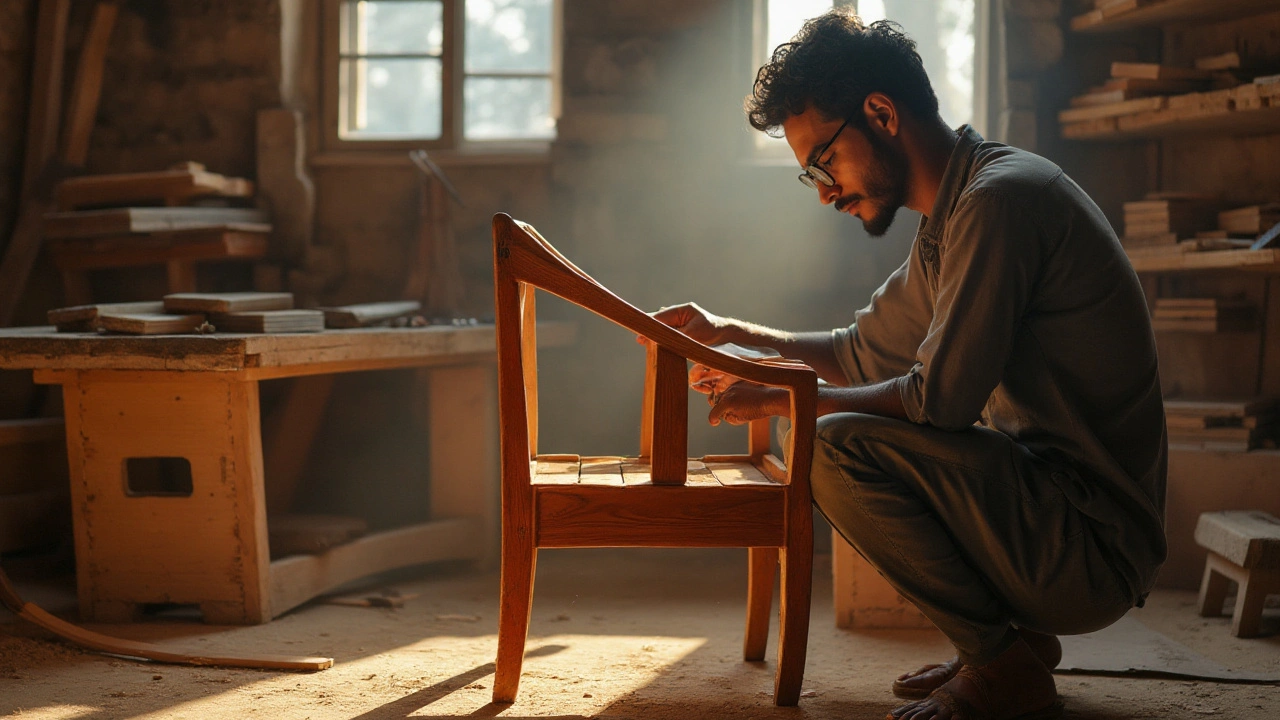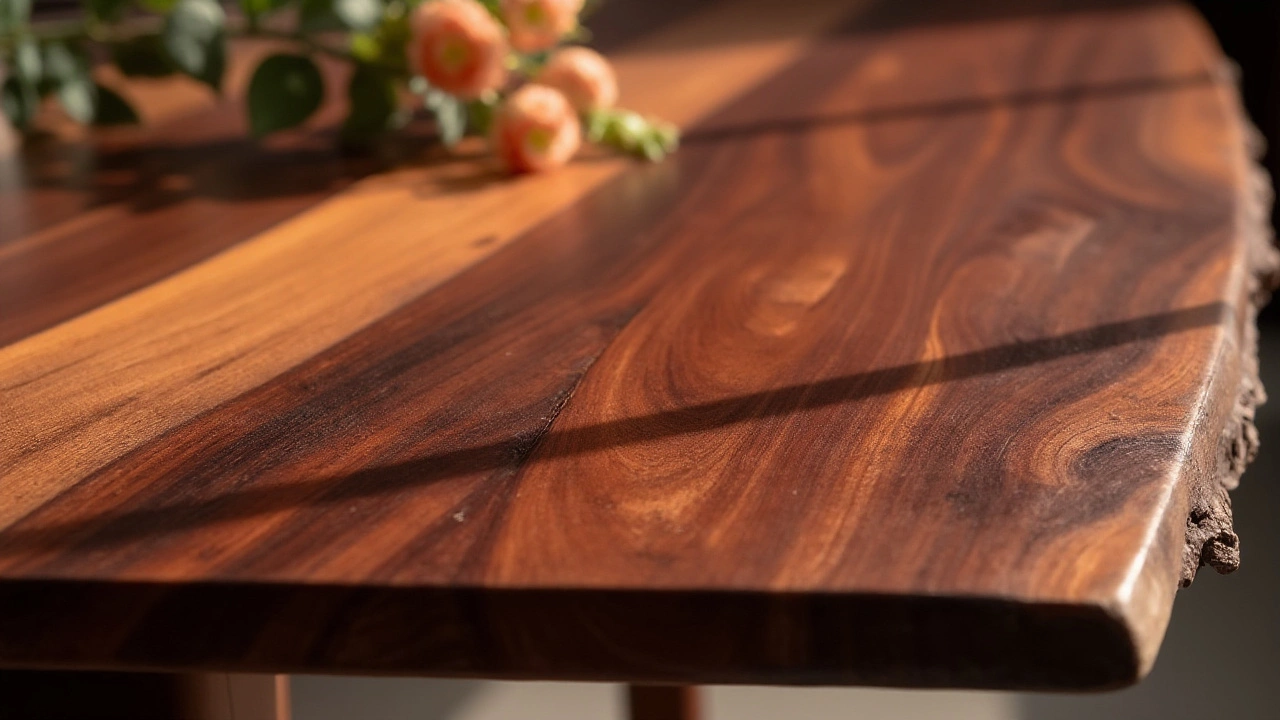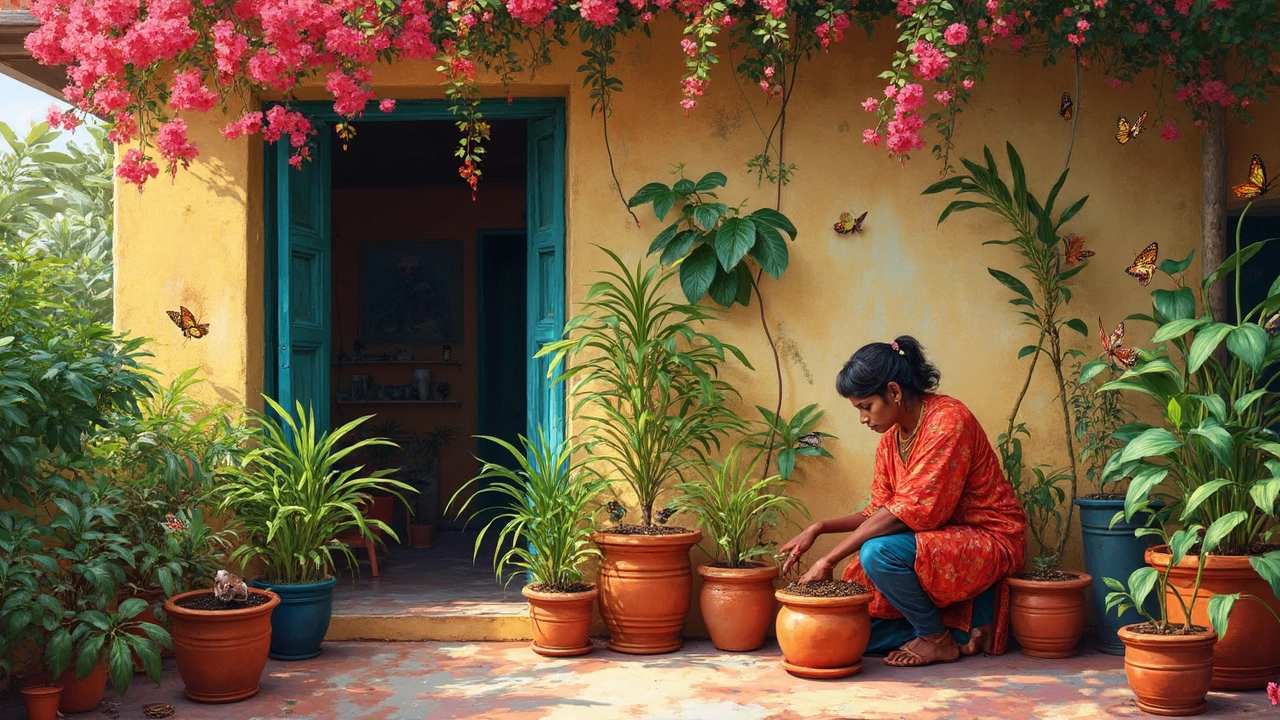Discovering the Toughest Wood: Strength for Furniture in India

In the realm of furniture manufacturing, the strength of wood plays a pivotal role. Indian wood, renowned throughout the world, offers a range of strong options suited to various needs and preferences. As sustainability and durability have become high priorities, choosing the right type of wood is crucial for both functional and aesthetic purposes.
From the stately teak to the richly grained rosewood, each has its own unique properties and benefits. Knowing what to look for can help you make informed decisions, ensuring your furniture not only stands the test of time but also complements the beauty of your living space.
- Understanding Wood Strength
- Popular Strong Woods in India
- Unique Characteristics of Indian Wood
- Selecting the Right Wood for Furniture
- Caring for Strong Wooden Furniture
Understanding Wood Strength
When it comes to crafting durable and long-lasting furniture, the strength of wood cannot be overlooked. It is the backbone of any high-quality piece, providing the necessary support while enhancing the visual appeal. But what truly defines the strength of wood? This quality often involves a combination of density, hardness, and tensile strength. In India, the quest for the strongest wood has always been guided by tradition as much as it is by modern science.
Wood strength is often measured by the 'Janka hardness test,' which determines the ability of a wood sample to withstand wear and denting. Teak wood, for instance, boasts an impressive rating in the Janka scale, placing it among the top contenders for strength. Its dense grain not only provides robustness but also natural resistance against pests and the rigors of climate, making it a go-to for Indian furniture manufacturers.
Another crucial aspect is tensile strength, the capacity of wood to resist tension. Sal wood, highly esteemed for its incredible tensile strength, finds widespread application in construction and heavy furniture. Its ability to bear load without bending showcases its remarkable durability, ensuring that structures remain steadfast over time. The innate resilience of these woods is part of what makes them so valued in various sectors.
Specific properties of wood, like shrinkage and warping, play a pivotal role too. Rosewood is a classic example. It not only offers durability and beauty with its exquisite grain patterns but is also less prone to shrinking and expanding, which is essential for maintaining the furniture's integrity. An interesting facet of rosewood is how it beautifully ages and deepens in color over years, a trait favored by many artisans.
Experts often argue about the trade-offs between hardness and workability. Cartwright Woodworks, a name revered in traditional carpentry circles, once remarked, "The best wood isn't just about how tough it is, but how well it shapes." This highlights an often overlooked reality – the best wood for furniture is not just about its strength but also about its versatility and character.
A deep dive into the properties of these woods reveals an intricate balance of botanical properties, historical influences, and cultural preferences. Modern assessments utilize technological advancements to test wood in simulated environments, placing traditional wood types through rigorous trials to affirm their positions as the contenders for the strongest wood in India. This notion bridges the past and present, ensuring the time-honored woods remain relevant in contemporary designs.
Popular Strong Woods in India
India boasts a diverse range of strongest wood India that play a vital role in furniture creation. Among these, teak stands out due to its impressive resilience and natural oil that resists rot, making it a favored choice for outdoor furniture. Its deep honey hue and smooth grain lend an element of elegance and sophistication to any piece crafted from it. Rosewood, known as 'Sheesham' locally, is another heavyweight in the furniture arena. Its reddish-brown shade with darker veining offers a visual treat while its hardness supports intricate carvings, a testament to its enduring popularity.
Another formidable contender in the list of Indian furniture materials is sal wood. Commonly used in constructing house flooring and pillars, it’s noted for its heavy-duty strength and resistant qualities against termites and fungi. This durability makes it an excellent choice for crafting sturdy furniture pieces that can withstand considerable wear and tear. Mahogany, though not indigenous, has found its place in Indian markets owing to its fine grain and rich brown coloration. It is esteemed for cabinetry and high-end furniture due to its combination of durability and beauty.
"Wood is sexy: from the way it feels to the way it behaves. It expands. It contracts. Every time you manipulate it or interact with it, it's unique. Wood is inherently mysterious." – Eric Petersen, furniture designer.
The evolve of preferences has steered attention towards mango wood due to its sustainability and cost-effectiveness. This wood, once merely a byproduct of spent fruit trees, has become an eco-friendly option for budget-conscious consumers and manufacturers due to its robustness and appeal. Even though its lifecycle might not match up to teak, its rapid renewability compensates as a sustainable alternative. Not all sturdy woods belong to the heavy class either; bamboo, although technically a grass, is renowned for its tensile strength surpassing many classical woods and matches steel when it comes to building substantial structures.
There's an ever-increasing focus on balancing visual charm with functional durability in wood types available in India. These various types open up creative avenues for carving bespoke designs while fulfilling structural needs. For manufacturers and buyers alike, understanding these characteristics—grains, hardness, color and finish—can tremendously impact the final product. The selection not just dictates the life of the furniture but also influences the artistry which can be achieved.

Unique Characteristics of Indian Wood
India is a vast country with a variety of climates and geographies, which contributes to the incredible diversity and uniqueness of its native woods. Among the strongest woods available in India, Indian teak stands out for its exceptional durability and resistance to the elements. Its high oil content helps it withstand extreme weather conditions and protects it from insects and decay. This makes teak a top choice for outdoor furniture, as well as indoor pieces that require a high level of resilience.
Another solid option is Indian rosewood, also known as 'sheesham,' which is cherished for its rich reddish-brown hues and intricate grain patterns. This wood is dense and hardy, making it perfect for crafting items that need to endure daily wear and tear. Its natural beauty and workability also make it a favorite among artisans looking for wood that can be carved or turned into detailed pieces effortlessly.
"The hardness and density of native Indian woods are what make them so unique and desirable for furniture-making. They offer both beauty and strength, often not found together," mentions renowned woodworker Arjun Mehta.
Properties of Sal Wood
Another notable mention in the realm of strong Indian woods is sal wood. It is known for its robust structure and ability to support heavy loads. This wood generally has a coarse texture and ranges from light brown to dark brown shades, often interspersed with grayish or whitish sapwood. It is an excellent option for constructing beams in buildings due to its toughness and resistance to water, making it less susceptible to rotting.Beyond these famed hardwoods, India also boasts an array of other strong woods like Indian laurel and mahogany. The varied characteristics of these woods exemplify why Indian timber is highly sought after not only domestically but internationally. Each type of wood brings something unique to the table, whether it be unparalleled strength, diverse aesthetics, or innate weather resistance. Understanding these attributes can greatly influence your decision when selecting materials for your next woodworking project.
Selecting the Right Wood for Furniture
Choosing the right kind of wood when it comes to crafting or purchasing furniture can sometimes feel like solving a complex puzzle. In India, home to a myriad of wood types, this choice becomes even more multifaceted. Each type of wood offers its own set of benefits and characteristics, so it’s essential to match these properties to your specific needs or those of your customers.
Recognized for its durability and rich oil content, teak is often considered the gold standard for outdoor furniture in India due to its natural weather-resistant properties. Not only does it repel water, but its natural oils also act as a bug deterrent, making it perfect for long-lasting patio sets or garden pieces. Teak's high tensile strength implies it can take a fair amount of wear and tear without deforming or splintering, a crucial point to consider when durability is a top priority.
"Teak wood's resilience has made it a longstanding favorite among furniture makers and buyers alike," says an article from the Indian Journal of Wood Science.
In contrast, rosewood, known locally as Sheesham, captivates with its dramatic deep hues and striking grain patterns. Rosewood excels indoors where its stability and aesthetics can truly shine. Its density makes it resistant to chipping and scratching, making it an ideal choice for inlaid furniture or detailed carvings. Additionally, this wood's inherent strength makes it suitable for crafting elegant living room pieces or cabinets that demand both beauty and reliability.
When budget comes into play, it is important to consider the cost-benefit angle. While sal wood is less expensive than teak or rosewood, it doesn’t skimp on strength. Used traditionally in structural work and construction, its robustness is well documented. The right finish on sal wood can also bring out its natural charm, making it an economical yet reliable option for furniture that needs to withstand a lot of usage.
Here's a valuable tip: always touch and feel the wood before making any purchasing decisions. Authentic wood typically has a unique texture that should differ from any synthetic alternatives or veneers. Testing for weight is also crucial; generally, the denser a piece of wood feels, the stronger it is likely to be. A durable hardwood like those mentioned typically weighs more compared to softer alternatives.
Your choice might also be influenced by personal or ethical considerations. For homeowners or manufacturers seeking sustainability, options like rubberwood, which is harvested as a byproduct of latex production, offer an eco-friendly alternative while maintaining good strength. This decision can transform your living space into a haven where nature, beauty, and responsibility coexist seamlessly.
Ultimately, understanding the various characteristics and benefits of different Indian wood options allows one to make informed decisions. This ensures that investments into furniture always result in pieces that embody both quality and artistry, setting the stage for countless stories and memories for years to come.

Caring for Strong Wooden Furniture
The timeless beauty and resilience of Indian furniture made from strong woods like teak and rosewood can stand the test of time, but they do require proper care to maintain their strength and aesthetic appeal. One of the most important aspects of caring for these robust materials is understanding their natural properties and how they react to their environment. Wooden furniture, especially those crafted from the finest hardwood, is susceptible to fluctuations in temperature and humidity. Extreme changes can cause the wood to expand or contract, which might lead to warping or cracks.
To protect your prized pieces, it's advisable to place them away from direct sunlight and heat sources such as radiators or fireplaces. Regular dusting with a soft cloth prevents the accumulation of debris that can scratch the surface over time. It’s also beneficial to use a quality wood polish or beeswax every few months to strengthen the finish and leave a protective sheen. Be mindful, however, to choose products that are suitable for the type of finish your furniture has; otherwise, you risk damaging its surface.
"The key to maintaining wood furniture lies not only in regular cleaning but also in understanding its response to our environment," says Anjali Menon, a renowned furniture conservator based in Mumbai, whose expertise in the field spans over two decades.
If you notice any scratches or marks, a simple remedy is using a walnut. Gently rubbing a walnut over the mark can effectively camouflage minor imperfections due to the natural oils in the nut that penetrate the surface. In addition, to maintain the structural integrity of hardwood furniture, inspecting joints and glue seams annually is wise. Tightening screws and applying glue to loosened joints can prevent small issues from becoming major repair projects.
Preserving Appearance and Structural Integrity
Using coasters and placemats helps prevent unsightly rings and stains from liquids and hot dishes. This small step goes a long way in preserving your furniture’s luster. When dealing with tougher stains, it's best to act quickly. A mixture of equal parts vinegar and olive oil applied with a soft cloth can often lift stains without harming the wood. For the best protection, consider applying a wood conditioner annually, which nourishes the wood and keeps it resilient.Wood thrives with a bit of humidity but can suffer in excessively dry environments. In homes with central heating, using a humidifier during colder months is beneficial. This helps maintain the moisture levels that prevent wood from drying out and cracking. Lastly, regular handling care is necessary for strong wood pieces. Moving furniture with care, rather than dragging, can preserve the finishes and prevent joint stress. By embracing these tips, you can enjoy the beauty and strength of your Indian wooden furniture for generations to come, transforming your space into a haven of style and durability.





